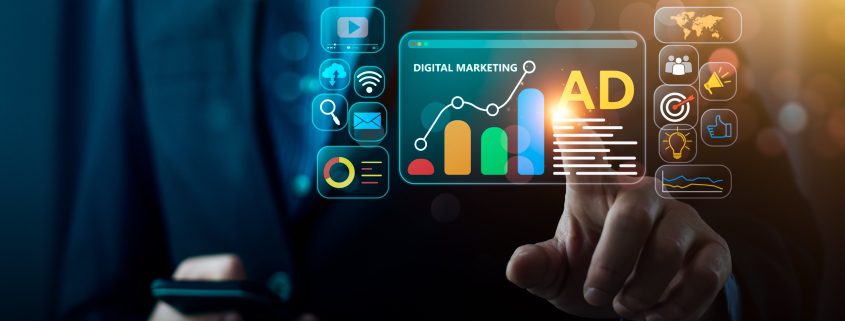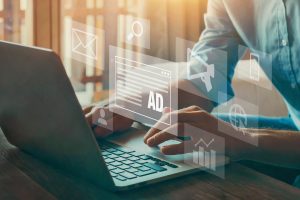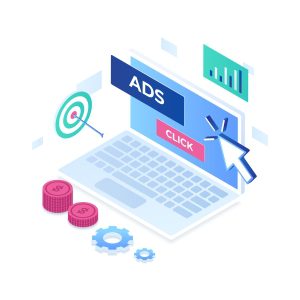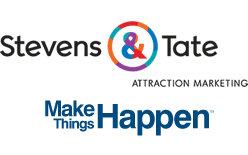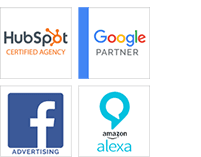
The Future of Paid Media Advertising: AI, Automation, and Means for You
In today’s fast-changing digital world, paid media advertising is transforming. Tools powered by artificial intelligence (AI) and automation are helping businesses show ads to the right people at the right time, saving money and improving results. But even as technology advances, human creativity and oversight remain essential. Let’s break down how these tools work and why teamwork between humans and machines is key.
How AI Is Changing Paid Media Advertising
Predicting What Customers Want
AI can analyze past customer behavior to guess what people might buy next. Think of it like a weather forecast for shopping trends—it helps businesses prepare by focusing their ad budgets on what’s likely to work.

Personalized Advertising for Millions at Once
Imagine showing a dog food ad to dog owners and a travel ad to adventurers—all automatically. AI tools adjust ad text, images, and calls-to-action (like “Buy Now”) for different audiences in real time. This means a single paid media advertising campaign can feel personal to millions of people.
Read more about: Ways You Can Improve Your Email Personalization
Keeping Paid Media Advertising Safe and Honest
AI helps spot fake clicks and unsafe websites where ads might appear. This ensures ads are shown to real people in appropriate places, protecting both budgets and brand reputations.
Automation: Letting Machines Handle Repetitive Work
Buying Ads Without the Hassle
Automation handles the buying and placing of ads across websites, apps, and streaming services. Instead of negotiating manually, machines instantly find the best places to show ads based on your goals.
Managing Paid Media Advertising Across All Platforms
Tools now let businesses run ads on Google, social media, and other channels from one place. Automation adjusts budgets automatically—spending more on what’s working and less on what’s not.
Simplifying Reports
AI tools gather data from all your ad campaigns and summarize results in easy-to-read dashboards. This saves hours of manual work and helps teams focus on improving campaigns.
Working Together: AI and Human Creativity
While AI handles repetitive tasks and data crunching, humans bring irreplaceable skills: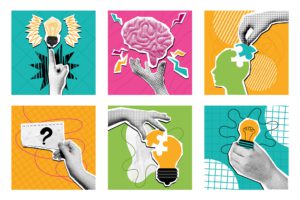
- Strategy: Setting goals (like brand awareness or sales) and ensuring ads align with a company’s values.
- Creativity: Writing relatable ad copy, designing eye-catching visuals, and telling stories that connect emotionally.
- Ethics: Checking that AI tools don’t accidentally reinforce stereotypes or ignore privacy rules.
For example, AI might generate 100 ad headlines in seconds, but humans choose the ones that sound authentic and match the brand’s voice. Similarly, AI can suggest where to place ads, but humans decide if those places align with the brand’s image.
Read more about: 10 AI Marketing Tools for Optimizing Your Marketing Strategy
What’s Next in Paid Ads?
Voice Search Ads
As more people use voice assistants like Alexa, ads will need to answer conversational questions (“Where’s the nearest coffee shop?”). AI helps optimize ads for these spoken queries.
Immersive Experiences
Augmented reality (AR) lets users “try” products digitally—like seeing how a sofa looks in their living room. These interactive ads blend the digital and physical worlds.
Eco-Friendly Paid Media Advertising
Businesses are increasingly using tools to track and reduce the environmental impact of their ads, such as energy used in online campaigns.
Challenges to Keep in Mind
- Privacy: Laws now require businesses to be transparent about how they use customer data. Tools exist to help manage consent and stay compliant.
- Training Teams: As AI becomes essential, companies need to train employees to use these tools effectively.
- Fairness: Regularly checking that AI tools don’t favor or exclude certain groups unfairly.
Getting Ready for the Future of Paid Media Advertising
- Review your current tools to see if they support AI and automation.
- Train your team on basic AI advertising tools.
- Experiment with new ad formats, like interactive video or AR.
Conclusion
The future of paid media advertising isn’t about replacing humans with machines—it’s about combining their strengths. AI handles speed, scale, and data analysis, while humans provide creativity, ethics, and strategic direction. By working together, businesses can create ads that are not only efficient but also meaningful and trustworthy.



